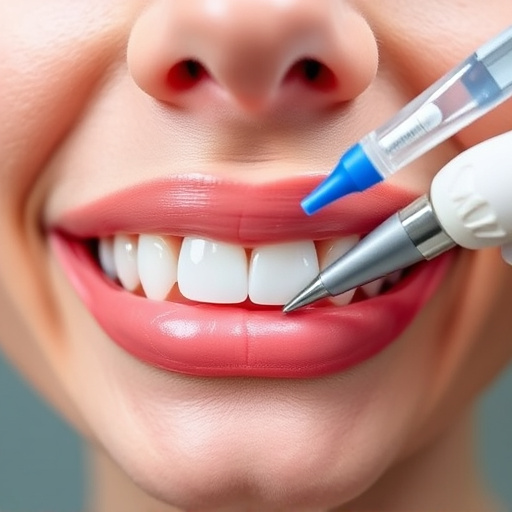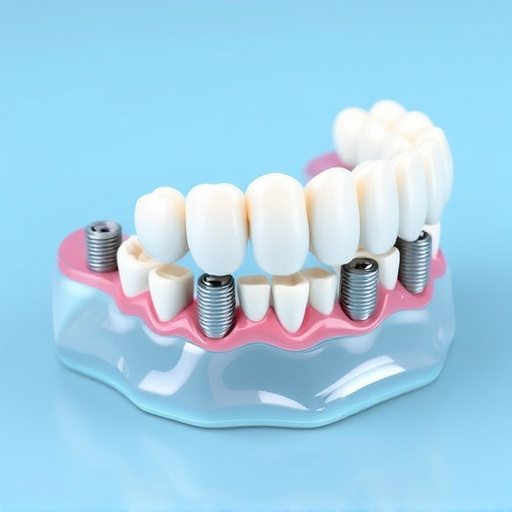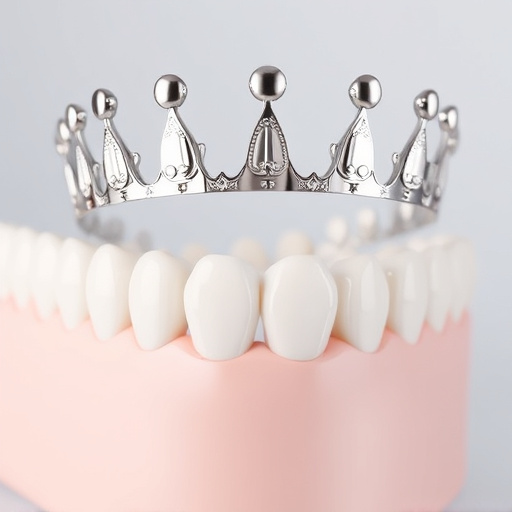Persistent jaw pain, clicking sounds, and headaches may indicate TMJ disorder (TMD). Prolonged symptoms warrant immediate action to prevent dental complications like tooth grinding or procedures like implants. Early TMJ disorder treatment is crucial for effective management and avoiding advanced issues. Consult a dentist for tailored solutions, from oral splints to surgery. Don't delay; act swiftly for better outcomes.
Do you experience persistent jaw pain or difficulty chewing? You may be suffering from TMJ disorder (TMD). Recognizing the early signs is crucial as untreated TMD can lead to severe complications. This article explores the top indicators that it’s time for TMJ disorder treatment, focusing on common symptoms and when pain persists as red flags. We’ll also delve into available treatment options to help you find relief.
Recognizing Common TMJ Symptoms
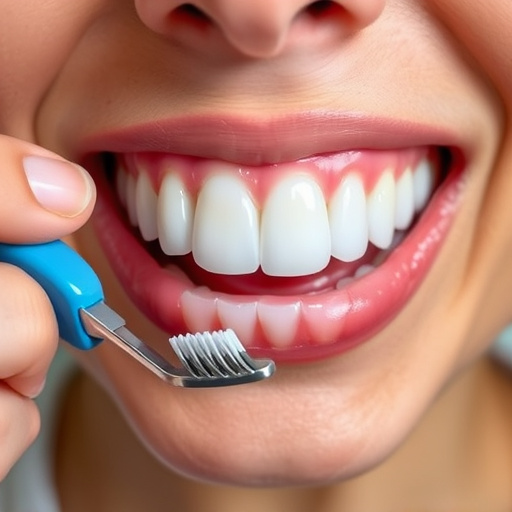
Many individuals suffering from TMJ disorder (TMD) often overlook the early signs and symptoms, delaying essential TMJ disorder treatment. It’s crucial to recognize that TMD can manifest in various ways, impacting not just your jaw but also connected areas like the head, neck, and shoulders. Common symptoms include persistent facial pain, particularly around the jaw joint, difficulty opening or closing the mouth, popping or clicking sounds during jaw movement, and even headaches.
These symptoms may come and go initially, but if they persist for more than a few weeks, it’s a strong indicator that prompt TMJ disorder treatment is necessary. Ignoring these signals can lead to further complications, including dental issues like tooth grinding (bruxism), damaged teeth, or the need for procedures such as dental implants or dental bonding, which are part of comprehensive dental care solutions.
When Pain Persists: Red Flags
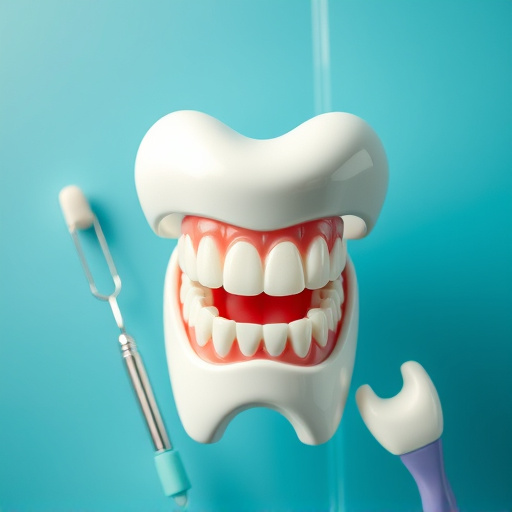
If you’ve been experiencing jaw pain for over a couple of weeks and it doesn’t seem to be going away, this could be a significant red flag that you need TMJ disorder treatment. Persistent discomfort or ache in your jaw, temples, or around your ears is not normal and may indicate an underlying issue with the temporomandibular joint (TMJ). This condition often goes unnoticed until it becomes severe enough to disrupt daily life and sleep patterns.
Beyond persistent pain, other signs that warrant immediate TMJ disorder treatment include clicking or popping sounds in the jaw during movement, difficulty opening or closing your mouth, and even headaches or neck stiffness. If simple remedies like over-the-counter painkillers or gentle stretching exercises haven’t provided relief, it’s crucial to consult a dental professional. They can offer tailored solutions, from oral splints to address excessive clenching to more advanced treatments, ensuring you find the right TMJ disorder treatment for your needs.
Exploring Treatment Options Now
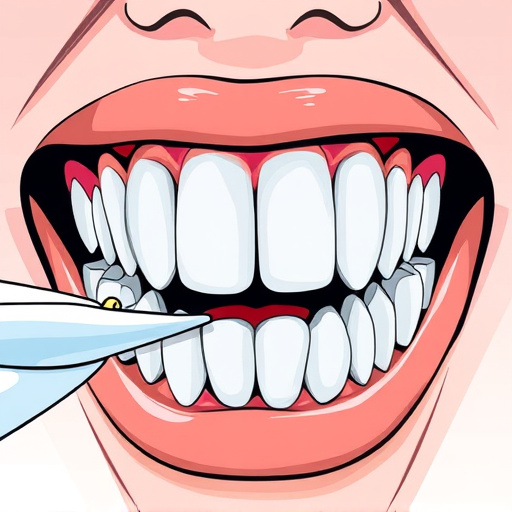
If you suspect TMJ disorder based on any of the symptoms we’ve discussed, it’s crucial to explore treatment options as soon as possible. This is because early intervention can significantly impact the success of your treatment and potentially prevent more severe complications down the line. TMJ disorder treatment isn’t one-size-fits-all; a qualified dentist will assess your unique situation and recommend the most appropriate course of action.
Your journey towards relief could involve various procedures, from simple measures like teeth cleaning or dental fillings to more advanced options such as dental crowns or even surgery. Don’t let TMJ disorder go undiagnosed and untreated—the longer you wait, the harder it can be to manage effectively.
If you’ve been experiencing persistent jaw pain, clicking sounds, or difficulty opening and closing your mouth, it’s crucial to recognize these as potential signs of TMJ disorder. Prolonged discomfort and related symptoms can significantly impact your daily life, so exploring TMJ disorder treatment options early is essential. Don’t let the condition worsen; take charge of your oral health and well-being by seeking professional guidance today. Timely intervention can lead to effective relief and a improved quality of life.








